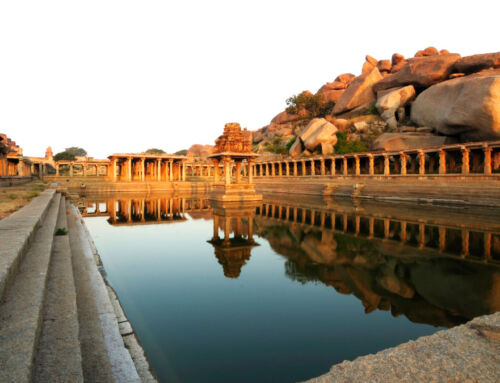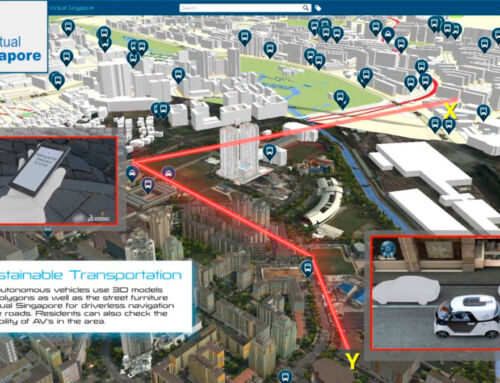The Japan International Cooperation Agency is a major player, with master plans for cities from Lilongwe to Cairo. Singapore’s Surbana Jurong is another participant. It has won contracts or prepared urban master plans for the Rwandan capital, Kigali, and the Burundian capital, Bujumbura, among others. Chinese actors are not directly involved, but they have a powerful exemplary effect through their planned cities. Large corporations based in London, New York, Tokyo, Beirut, Dubai, Cairo and Johannesburg are also involved in urban master planning.
International interests in master planning can be geopolitical as well as economic. For example, they may be pursued in the hope that, in preparing an urban plan for an African city, infrastructure investment opportunities will arise. National and local actors have different interests, although sometimes there are synergies with international actors. In this sense, they support overall planning in the hope, for example, of securing foreign investment, mediating difficult local conflicts, managing growth or defining urban order.
Of the developing regions, Africa has experienced the world’s highest urban growth, at 3.5% per year for the past two decades. Projections indicate that it will continue to do so until 2050. This urban growth is mainly due to rural-urban migration and high rates of natural population growth in cities. In this respect, it can only be added that urban development is not uniform across Africa. The North has a higher proportion of urban population, with 47.8%, compared to sub-Saharan Africa, with 32.8%.

However, this urban development has not been as inclusive as one might wish, but has led to the proliferation of slums, urban poverty and increasing inequalities (according to the African Development Bank Group, inequality in African cities is the second highest in the world). Urban plans are precisely one of the tools to make cities more inclusive, safe and sustainable communities. For plans to be effective in this regard, urban planning experts have been arguing for decades that they need to move away from the traditional way of planning.
Colonial-era urban planning, which is partly responsible for the current situation in Africa, often followed a top-down approach and “modernist visions of utopian urban futures“. With the end of colonialism, however, various master plans for existing or new cities were elaborated, with the participation of numerous international technicians and actors.
Later, in the 1980s, the structural adjustment programmes of the World Bank and the International Monetary Fund prevailed, reducing urban planning activity across the continent. Then, in the 1990s, international development agencies such as UN-Habitat introduced more strategic and participatory urban planning.
Finally, during the first two decades of our century, there has been a strong resurgence of comprehensive planning in Africa. Urban planning, carried out mainly by large international architecture and design firms, consisted of drawing cities on an “empty canvas”. These new cities often reflect the ambitions of individual politicians, an expanding middle class with new lifestyle demands, or an increased interest of foreign investors in urban Africa. Much more complex is the overall planning of existing cities, where there is no blank canvas, but a heterogeneous set of local and international actors and interests.
Despite the active role of international actors, the examples of Accra, Cairo and Kigali point to the emergence and growth of planning by African actors engaged in local civic processes. Top-down approaches are giving way to more targeted, flexible and participatory strategic approaches to defining urban plans. With them, urban planning responds more directly to local needs and realities.
Sources: The Conversation, African Development Bank Group.






